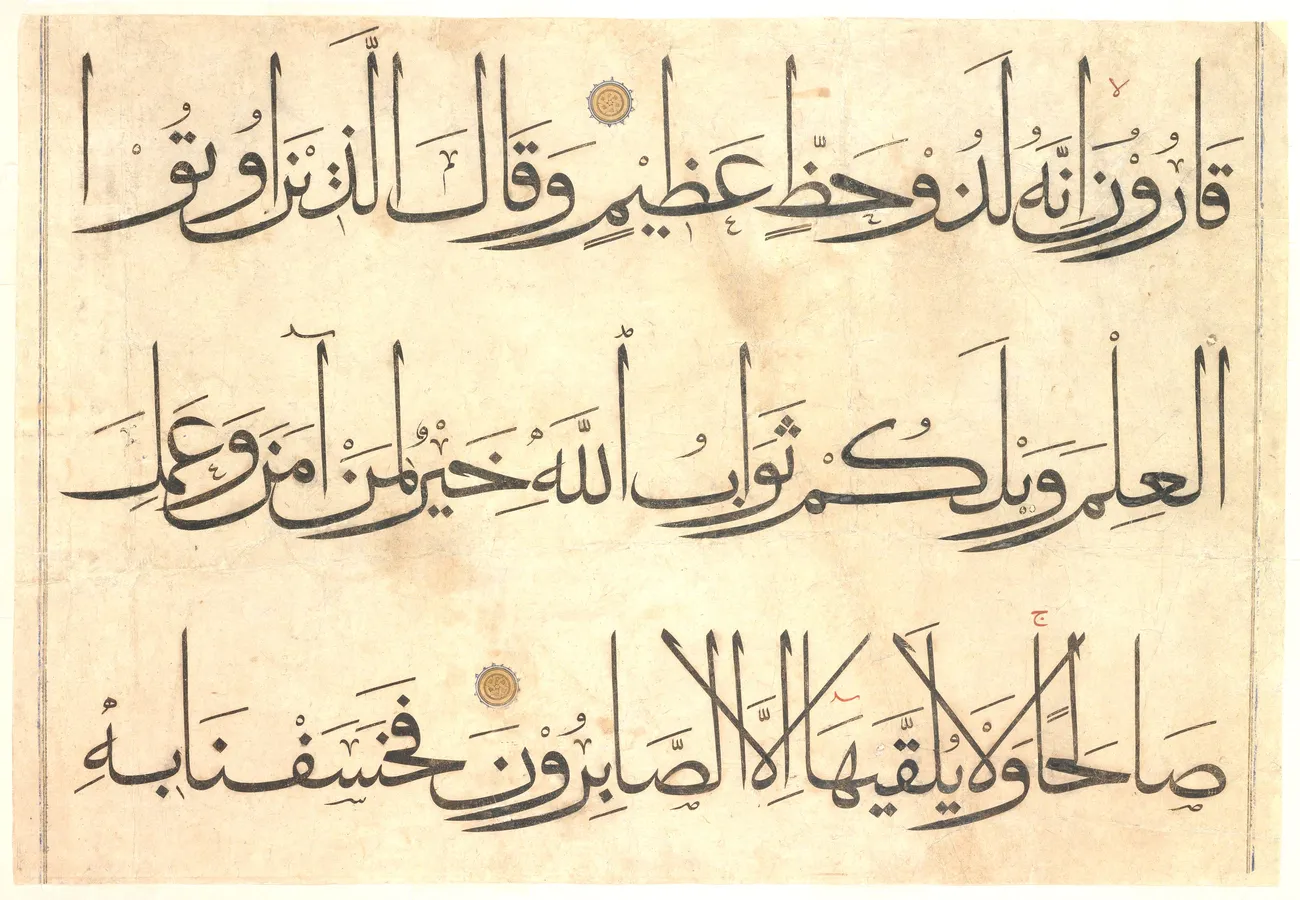
As sources show, various calligraphic styles have emerged from six main scripts – Naskh, Suls, Riqa, Rayhani, Tawqi, and Muhaqqaq – that have undergone a process of evolutionary development over a millennium.
By the end of the 19th century, there were about 70 calligraphic styles in the art of calligraphy of the Middle East and Central Asia, based on these six classic scripts. Turkic and Persian-speaking calligraphers of Maverannahr, Azerbaijan, and Iran played an equal role in the formation of new script styles.
Calligraphic styles such as Ta'liq, Nasta'liq, Shikaste, Majari, Ijazah, Divani, Jali-Divani, Riqa, Kirman, and Siyaghat were based on local traditions of written culture. For example, the Ta'liq script was close to the ancient and medieval writing of Iran – Pahlavi. From the 14th century, significant transformations began to occur in various spheres of public life in Central Asia and Khorasan. The Timurid era (the last quarter of the 14th – 15th centuries) was marked by a new rise in culture. It also affected the art of calligraphy, directly related to literature and science, which led to the formation of several calligraphic schools in the region, uniting skilled calligraphers.
You can learn more about this topic in the book-album “The Collection of the Al-Biruni Institute of Oriental studies, the Academy of Sciences of the Republic of Uzbekistan” (part five, “Miniature and Calligraphy”) (Volume XXV) from the series "The Cultural Legacy of Uzbekistan".
The main sponsor of the project is the oilfield services company Eriell-Group.
